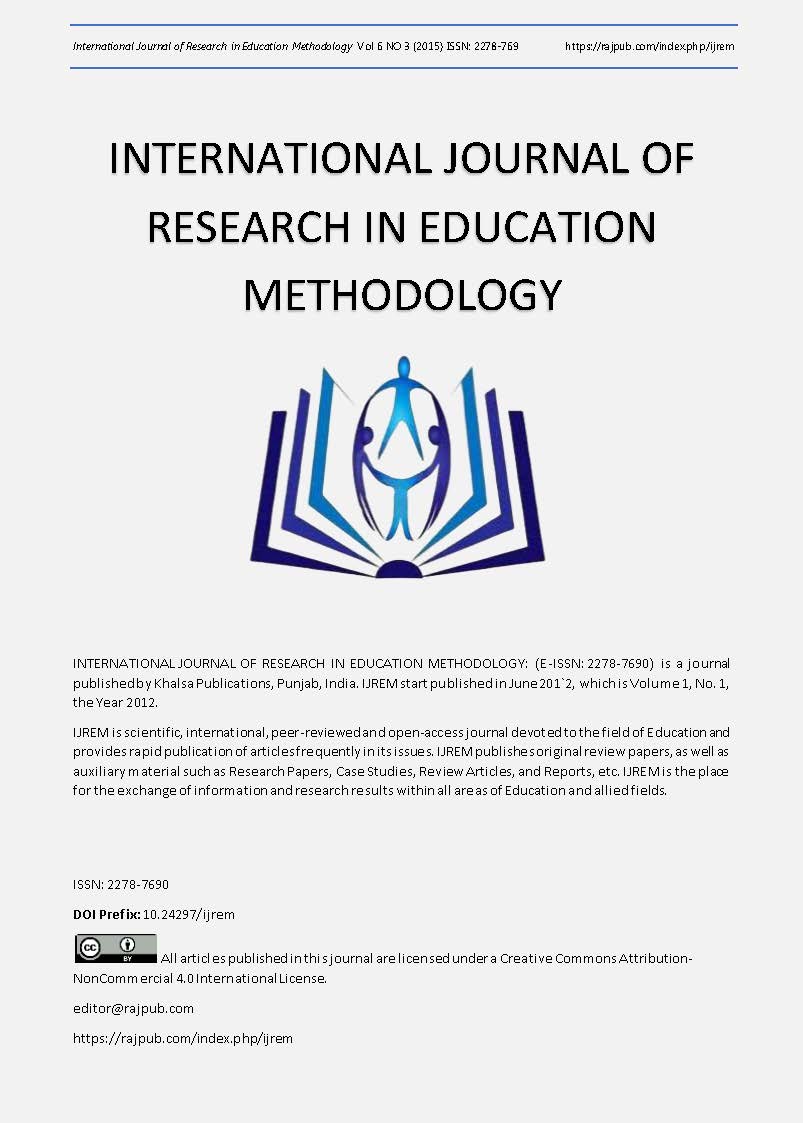Application of Soft Systems Methodology in Defining Professional Communication Skills for Malaysian Graduates.
DOI:
https://doi.org/10.24297/ijrem.v6i3.3869Keywords:
Soft systems methodology, professional communication skills in English, employability, English in higher education.Abstract
This paper investigates the usage of Soft Systems Methodology (SSM) as an assessment tool for improving teaching and learning English in Malaysian higher education institutions (HEIs). In this study, the Malaysian stakeholders industries, government agencies of Malaysia and HEIs are the interveners who create the best solutions of the problematic situation of poor professional communication skills amongst the graduates. By using SSM, it is anticipated that stakeholders involved would reach a common ground in defining Professional Communication Skills (PCS), which will decrease the problem of skill mismatches. It is discovered thatSSM was able to examine the requirement from all parties by offering them a proper and equal stage to voice out their opinion. It is believed that SSM can help instructors and policy makers of Malaysian HEIs in making a sound judgement in teaching PCS in classrooms, and help to develop our graduates potential to bemore marketable employees.
Downloads
Downloads
Published
How to Cite
Issue
Section
License
 All articles published in Journal of Advances in Linguistics are licensed under a Creative Commons Attribution 4.0 International License.
All articles published in Journal of Advances in Linguistics are licensed under a Creative Commons Attribution 4.0 International License.








